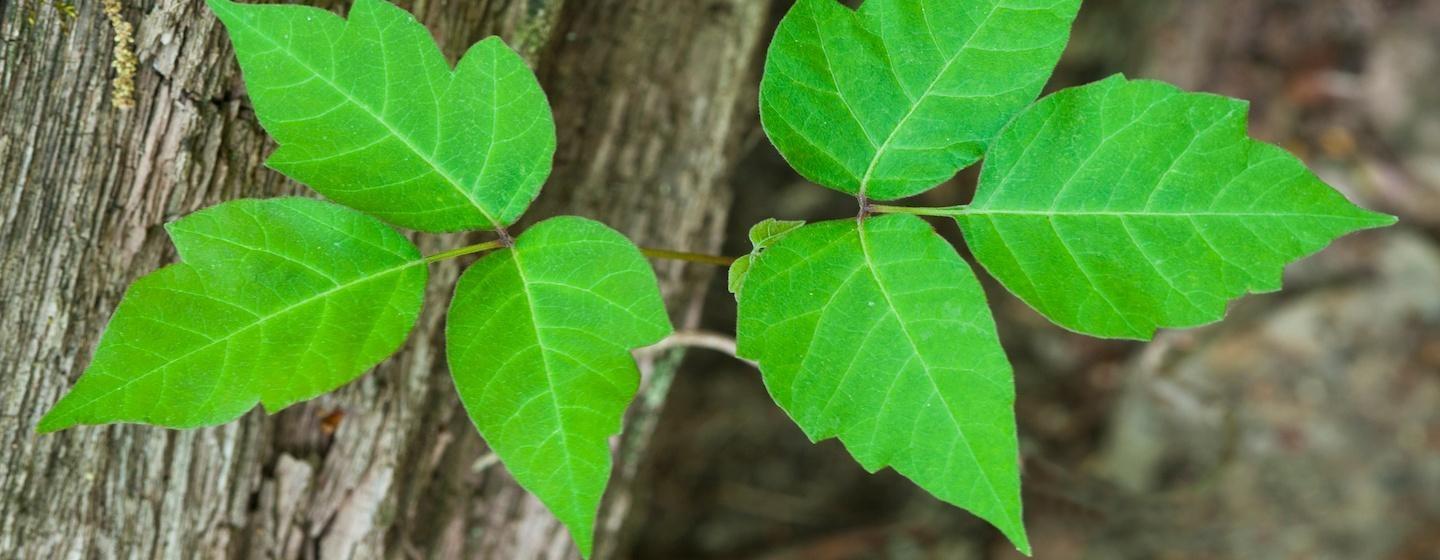Poison Ivy And Its Pals: Some Common Myths


So, you wore shorts in the woods, and now your skin is itchy, red and swollen. Congratulations, you may have picked up the juice from a member of the family Anacardiaceae, which includes poison ivy, poison oak and poison sumac.
Mangoes and cashews also belong to this family, which might explain the rash you got after chewing on a mango rind. According to the American Academy of Dermatology, more than 50 million people a year get a rash from one of these plants, making it more allergenic than all other plants combined.
Despite that, poison ivy and its pals are often misunderstood. Here’s some common myths about the Anacardiaceae family.
Nope. Most people develop a rash only after contact with the plant’s juices, or urushiol (you-ROO-shee-all), an oily blend of chemicals that the skin absorbs quickly. People with high sensitivity to urushiol might break out from second-hand contact with pets or clothes. But fluids from a weeping rash will not cause the rash to spread elsewhere on the body or to other people. Only contact with urushiol will cause a rash.
Not true…So don’t start eating their leaves! There’s very little scientific evidence supporting the idea that people can reduce their sensitivity to poison ivy by increasing exposure. In fact, the more times a person is exposed to poison ivy, the more likely they’ll develop a rash. That’s because the rash is your bodies’ immune system responding to what it perceives as a threat. Once your skin recognizes the poison ivy juice, it will trigger a rash again, sometimes within hours.
There’s some funny irony here. Like other allergens, urushiol isn’t toxic or poisonous on its own. But our immune system doesn’t recognize urushiol, so it attacks the exposed skin. The closest scientists have come to providing any kind of immunity was in 2016, when researchers isolated the specific protein in our skin that causes that terrible itching. This might lead to better treatment or prevention options. So that’s good news! Plus, scientists are working on a vaccine to end poison ivy misery.
Yes, you could be one of the 10 to 15 percent of the population who tolerates urushiol. But don’t get too excited. You might not have encountered it frequently enough to develop an immune response (see above). Evidence also shows that people’s sensitivity to urushiol can change over time. The first time you’re exposed to urushiol it may take several days to get a rash, but if you get it every year, you’ll probably break out within hours.
This is true for poison ivy and poison oak, but not poison sumac (which has between 3 and 15 leaves). All three can be tricky to identify, because they change colors with the seasons. Poison ivy has red-tinged leaves in the spring and transitions to a deep green in the summer and ends the year with fall colors: yellow, gold and red.
Poison oak and ivy can also take the form of a single plant, a shrub or a thick, hairy vine. No wonder so many of us have trouble avoiding them!